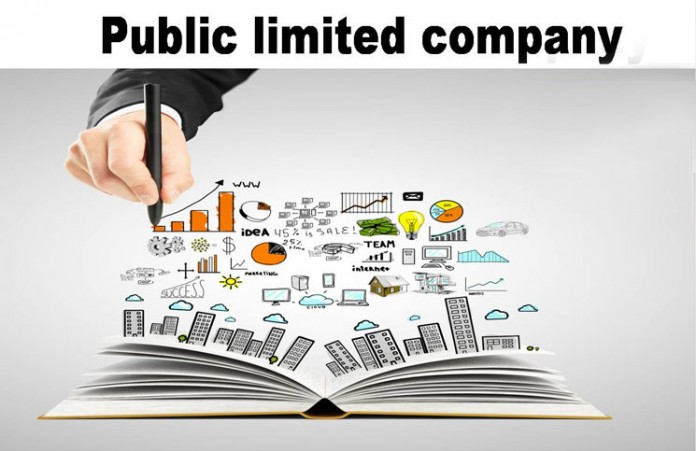In this blog post, Saurodeep Dutta, a student at the University of Calcutta and also pursuing the Diploma in Entrepreneurship Administration and Business Laws by NUJS, discusses the media communication policy of a public entity or a public company.
Introduction
The media, encompassing the print, digital and Internet forms, has become one of the absolute juggernauts in the world at the moment. The term ‘Juggernaut’ is used here because the media has the ability to influence public opinion like no other single object, company or person may achieve over an extended period of time. Right from the time of the Town Criers of Ancient Rome to Twitter today, anything the media, or now social media, represents a person/company/public figure has the ability to raise them impossible highs, as well as bringing their reputations, and by extension careers, crashing down.
Following the above rather eccentric description, it must be understood that understanding the power of the media is important for companies, and especially so for Public Companies. While private companies may require the media to maintain the image of their company and their brand, Public Companies have to be more aware, because, after their IPO, they are always reliant on the public for not only the image but also the capital that they require to operate on. Therefore, their handling of the media is not only a sensitive issue, but it is also one that requires skilful handling and internal agreement and instruction on how to deal with how the company is represented by the media.
Parts of The Communication Policy
Companies are often run on a tight ship with a view to being involved in the comments, gestures and any other communication that the employees of the company make to the media. Companies must always appear as one united front, which will not demean the image of the company and will ensure that the public, especially so in the cases of Public Companies, believes in the company. With a view to that, a draft Company policy may look to include the following points: –
- Overview: An overview of the Company policy and the status of the Company should be mentioned here. This reminds the employees that they must remember they are all part of one team, and what the agenda of the said team is. If it is to ensure that the image is kept clean, or expressly outline the social aspects of what the company is doing, or the financial success of the company, this is to be outlined here. This serves as a basic Preamble to the rest of the document.
- Purpose: Reminding the employees as to what the entire purpose of the policy is, is a matter of importance.
 Scope: This part of the policy determines what the scope of the policy regarding disclosures about the company’s details, financials, and any other matter the policy makers may deem important to allow or disallow the employees of the company to make statements on. This talks not only about the ‘what’, but also the ‘how much’ of the communication that comes from within the company to the media.
Scope: This part of the policy determines what the scope of the policy regarding disclosures about the company’s details, financials, and any other matter the policy makers may deem important to allow or disallow the employees of the company to make statements on. This talks not only about the ‘what’, but also the ‘how much’ of the communication that comes from within the company to the media.
- Official Spokespersons: This is very important, in as much it allows the company to have designated people who have been authorised to talk to the media about the company. For Public Companies, this is important because of the fact that these officials have been given the information that the company needs to be sent to the media. These empowered officials will ‘toe the company line’ so to speak, and will ensure that the clauses contained in the policy are maintained. Usually, these positions are reserved for either professionally appointed media officers, communication officers created for this very purpose or very high-ranking officials, or decision-makers within the company. They override any other information which may be put forward by other members of the company.
- Guidelines for Communication: These guidelines serve as a ‘The Company line’ so to speak. For a Public Company, which is keen to ensure the image it wants to project is provided to the media, who will put forth such image to the company shareholders, this is of paramount importance. This section should contain who the non-authorised officials should refer the matter to in case they receive requests for company matters, what they should say in the case of an emergency, and what they absolutely are debarred from stating. The Company should also remind the employees about the professionalism and the amount of care that the company officials should look to provide to the media. The behaviour of the employees is the behaviour of the Company itself.
- Guidelines for Photographs and Video: This is a very tricky thing for the Company to handle, since the media is very covert in many cases, and if the media ensure that such photograph or video is taken outside the property of the company, it is very hard to regulate it. Even so, the Company retains the right to ask the members of the media who take such photographs the reason for such photography, or filming. The most important part of this is the fact that the Company, as a consequence of such filming or photography, is made to look in their best light and what the Company wishes to project. Conditions for access to facilities of the company will also be specified in this header. Doing so is very important for the Company, because unauthorised or uncontrolled access may lead to negative publicity, which no Public Company can afford to have.

- Guidelines for Seeking Media Coverage: Actively seeking media coverage may be done in order to achieve a certain level of good, positive publicity which every Company, especially a Public Company requires. Some event may occur which puts the Company’s efforts at the forefront or shows the Company in good light. This part of the policy should put the guidelines on how to contact such media, whether any senior member should be involved or not, or the method an employee should undertake to contact the media with the news. A professional news media handler or a similar department should always work with the employees in this regard.
Conclusion
Media handling is not easy, especially with the sheer amount of news media and their availability to millions of people around the world. For Public Companies who must answer to their shareholders, and who have their shares traded in markets around the world, they must keep up an image. They must be able to project their best while keeping their comparatively worse to a bare minimum. There must be a United front within the company, and therefore to keep such unity, it is important for the Employees to know how they should work with regard to the outside world, and for that to happen, the Media Communication Policy is of paramount importance.
 Serato DJ Crack 2025Serato DJ PRO Crack
Serato DJ Crack 2025Serato DJ PRO Crack









 Allow notifications
Allow notifications


